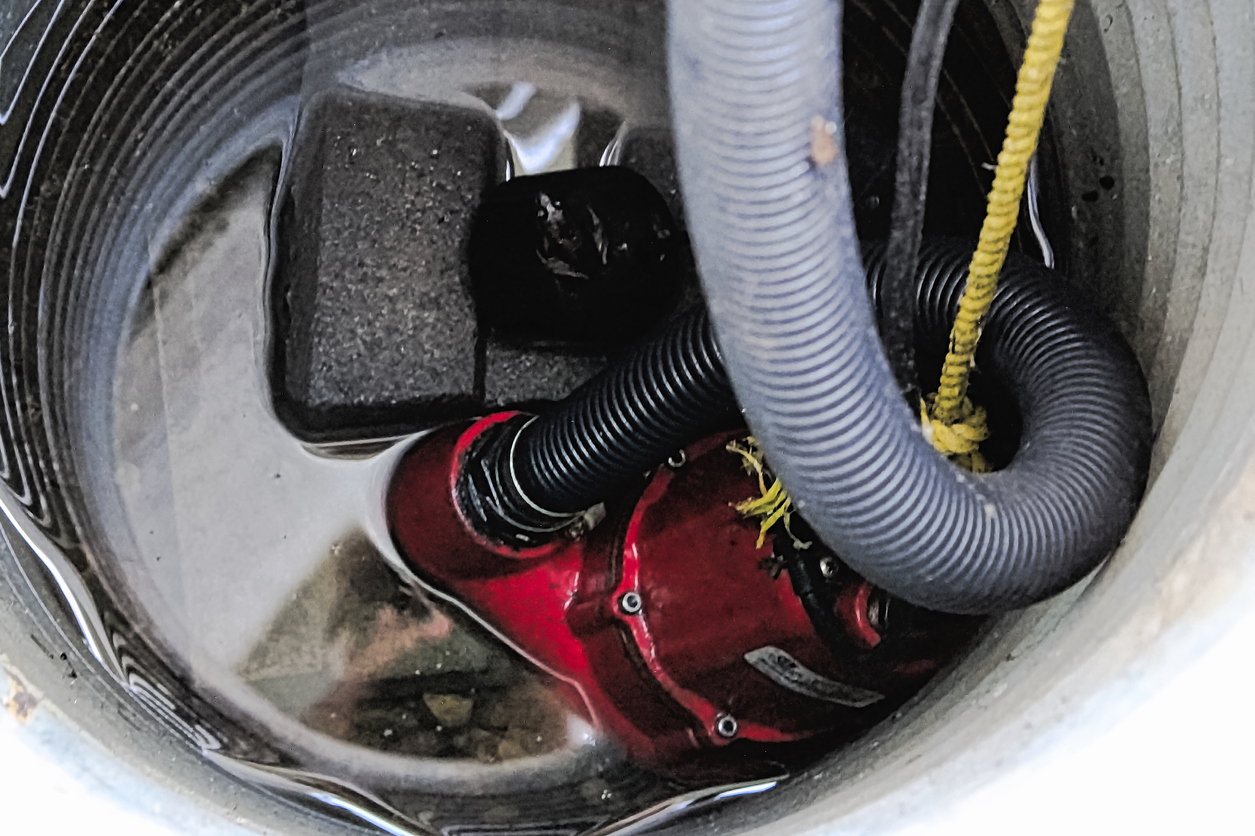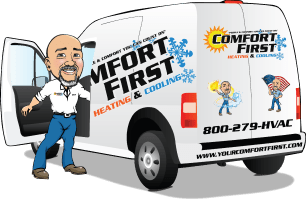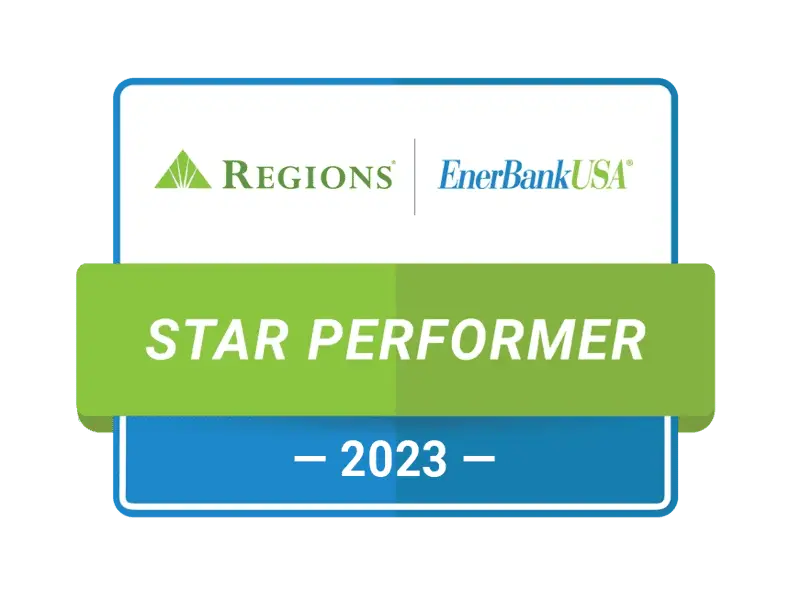Proudly Serving Sanford, Fayetteville & Raleigh-Durham, NC

The sump pump in your North Carolina home is your line of defense against runoff water getting into your basement, crawl space, or foundation. It keeps your home dry by diverting the water away from your home and into the surrounding ground or drain lines.
When you need sump pump services, count on the team at Comfort First Heating & Cooling. We’re the premier providers for your sump pump needs. We offer comprehensive services to cover everything from sump pump repairs to complete installations.
At Comfort First, we’re dedicated to delivering top-quality service. We offer highly trained technicians, exceptional installation procedures, and upfront pricing.
When you need sump pump services in North Carolina, contact Comfort First Heating & Cooling. Call us at 919-635-4349!

Sump Pump Repair
When your sump pump isn’t working correctly, it is essential to schedule prompt repairs. At Comfort First Heating & Cooling, our team of skilled and friendly professionals is ready to help you get your sump pump working again. We service all brands and will work diligently to find and solve the issue.
With our sump pump repair services, let us help you protect your North Carolina home and belongings from unwanted water, mold, and pests.
Keep your North Carolina home safe with sump pump repair services from Comfort First Heating & Cooling. Schedule your sump pump appointment by calling 919-635-4349!
Signs You Need Sump Pump Repair
As a homeowner, you need to recognize the signs your sump pump isn’t working properly. Here are some common signs you need sump pump repairs:
- Clogs in the system: Debris and other matter can enter your sump pump. Clogs can cause your sump pump not to turn on or run continuously.
- Overwhelmed system: Poorly made sump pumps can struggle to keep up with the demand during heavy rains. If your sump pump can’t pump water away quickly enough, it overheats and burns out.
- No water flows into the pump: Poor installation will cause the water not to flow into your sump pump. Instead, it will pool in other areas, which can cause damage to your home and foundation.
Sump Pump Replacement & Installation
If you need a sump pump for your North Carolina home or your current sump pump is nearing the end of its life span, count on Comfort First Heating & Cooling for expert sump pump repair services.
Our trained and experienced technicians will find the best location for your sump pump and expertly install it, so you can trust it will work when needed.
Protect your home with sump pump services from Comfort First Heating & Cooling. Schedule your appointment today by calling 919-635-4349.
Why Choose Comfort First?
At Comfort First Heating & Cooling, we create customers for life by consistently providing people AND comfort you can count on. When you need sump pump services for your North Carolina home, choose the company dedicated to delivering exceptional service. Choose Comfort First.
We offer:
Call us at 919-635-4349 for your sump pump service appointment today.















